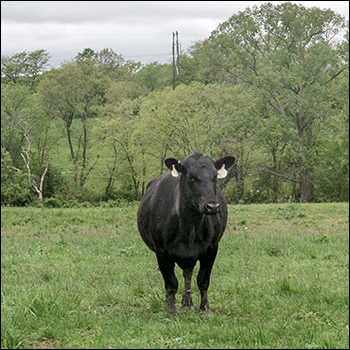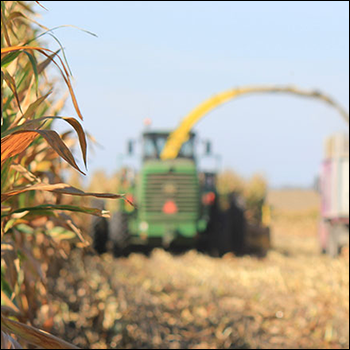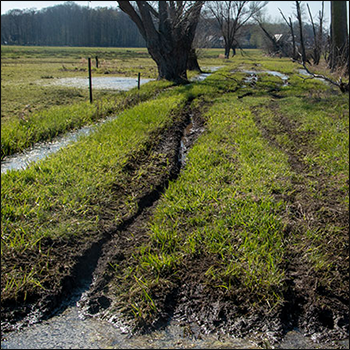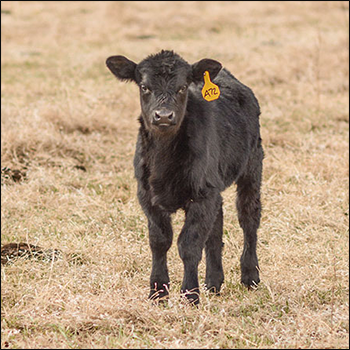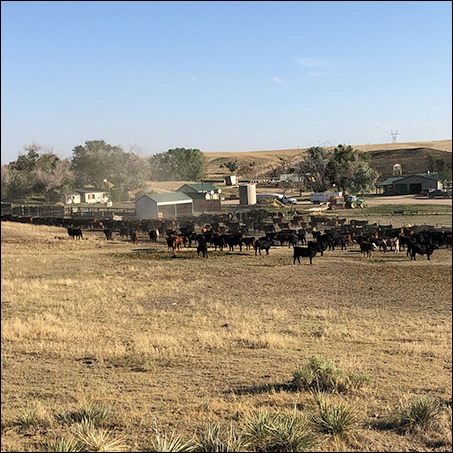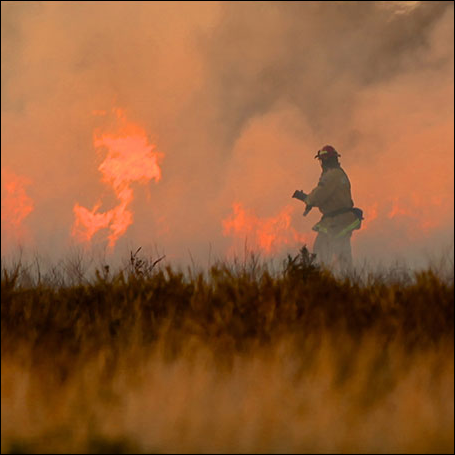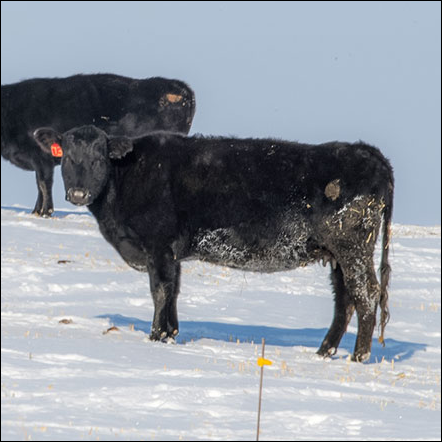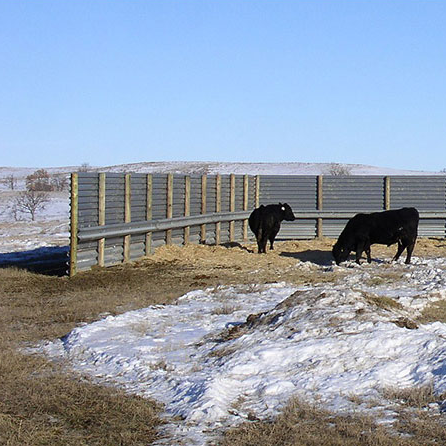

Market Closeout
Skating to the puck.
Evolve or die. We are all familiar with the statement, but it isn’t one many of us really like to focus on. It truly is a rather harsh assessment. I think it is human nature to focus on the more positive parts of the two sides of universal laws. When it comes to God, it is easy to accept the concept that God is love. It’s a little more difficult to accept that He is just. We all can embrace the beauty of nature, but we get a little uncomfortable when we look at the brutal cycles Mother Nature inevitably creates.
In the cattle industry we deal with genetics on an almost daily basis. It is intuitive to understand the power of selection toward an ideal. Yet the perfection or optimization never truly exists. If it does exist, it is only for a certain point in time, quickly to be replaced with a new and improved version of perfection.
In agriculture we are some of the very best in the world at creating incremental improvement. While this is in many ways a remarkable achievement, it can also hinder progress. Another well-known business axiom is “The enemy of great is good.” Our focus on incremental improvement tends to be focused on minor improvements rather than significant gains. More importantly, it tends to make us rather traditional in our way of thinking.
We tend to focus on improving what has been working for us. It is this very reason that we tend to have a lot of cycles in our business. This is especially true on the genetic front, where it used to take six or eight generations before a major correction was needed. Improved expected progeny differences (EPDs) with the help of genomics may shorten this time frame as we can make changes in genetics more quickly. If history has taught us anything, it is that change does not necessarily equate to progress, and selection pressure on a particular group of traits tends to eventually lead to issues in those traits without selection pressure.
I love the quote from Wayne Gretzky who said, “Some people skate to the puck. I skate to where the puck is going to be.” Whether you are a commercial producer or a seedstock producer, that quote has significant meaning as it relates to genetic selection. This spring seedstock producers are making mating selection decisions whose true effects will not be felt for five to eight years in the commercial sector, and even longer when you consider the effect of the females created from those matings. It is this abnormally extended period of time between genetic decisions and genetic effect that makes it so challenging. It also explains why genetic selection in the past has resembled a pendulum. We almost always go too far and then must correct.
The marketplace is the ultimate arbitrator, and it does a tremendous job of sending the appropriate economic signals. However, we are making decisions in both the seedstock and commercial business based on economic signals that are at least half of a decade behind. It is really only because of the foresight of a few that these swings have not been more extreme than they are.
So the question becomes, how does one avoid the inevitable problems of cause and effect that this disconnect creates? The first step is to be totally honest in assessing your goals. Do you want to be cutting-edge, or do you wish to mitigate risk?
The second step is to embrace reality and accurately determine what the outcome of our actions will be. In the past, we have been hampered by the silo mentality and lack of understanding of all the economic drivers of our decisions throughout the entire production system. Indexes, supply chains and information flow between the segments of the industry all give us a better handle on this complex system, but we are just at the beginning stages of this evolution. It remains a combination of art and science.
The third step is to embrace truth. Our understanding of reality is foundational to making good decisions. Tradition and the marketplace are almost always pointing us to where the puck is rather than where it is going. The key, then, rests in our ability to be open-minded, to be a student of the numbers and to listen to feedback. That feedback may come from the marketplace, or it may come from your own production data or experiences. We must be diligent in looking for minor problems and determining which ones are destined to become major problems down the road.
Business experts talk about it in terms of a feedback loop. It is easy to ignore the early warning signs. I’m willing to bet you have made a decision and you saw that disposition was declining, feet structure was deteriorating, fleshing ability and reproduction rates were declining, or growth or marbling were below industry standards, but you waited to act until it became a major problem. If so, you are in good company.
In addition to collecting and trusting the data, another key to being alert to the truth is through the development of relationships. Our industry is far too complex for anyone to fully comprehend the ramifications of change. The larger your network and the broader it is, the more likely you will be to understand and anticipate the changes that are needed. The larger your network, the more accurate your data is upon which to make decisions and the less likely it is that your biases will stand in the way of objectivity.
It is absolutely critical we embrace the fact that the marketplace is bigger than any individual. It is human tendency to judge change as either good or bad on how it affects an individual. If the change is bad for us, we tend to ignore it. If it is good for us, or tends to support our biases, then we embrace it. With the advent of better selection tools and with a marketing system that signals change more rapidly, we are no longer looking at a 40-year cycle of the past. The old system took so long that it provided us ample opportunity to adapt. Today the “improve or die” mantra of other industries is becoming reality in the cattle business.
More than ever, making the right decisions today will affect our success. The wrong decisions conversely will lead to failure. Failure is not the problem. Failure is inevitable. The key is being able to learn and improve quickly. Given the genetic decisions you are making today, will you be competitive in five years? What will your cow herd look like? What will the segments above you be experiencing, and what will they be expecting from you? Are you skating to the puck, or where the puck is going to be?
Editor’s note: Troy Marshall is the director of commercial industry relations for the American Angus Association.
